30 Days, Countless Ways to Celebrate
Hispanic Heritage Month Observed on Post-Pandemic Campus
Depicted above is the current mural outside of the Mexic-Arte Museum entitled Somos Historia. The artist, Luis Abreux earned his Master’s degree in Fine Art, specializing in Painting, from the San Alejandro Art Academy in Havana, Cuba and has lived in Austin since 2005. “My mural is a historical portrait,” Abreux said. “The satirical style in my work reinforces the theatrics of life and how the most valuable things are relative-like the lives exchanged for gold 500 years ago.”
October 7, 2021
The halls are filled with the sounds of Spanish music and students are decorating sugar skulls. Along with the start of fall and football season, Hispanic Heritage Month has also begun, bringing something new to celebrate in Spanish classes, clubs and the Austin community.
The origin of this holiday can be traced back to 1968, when President Lyndon B. Johnson claimed only a week to commemorate Hispanic Heritage in the United States. Today, Hispanic Heritage Month, which is from Sept. 15 to Oct. 15, recognizes the broad achievements and contributions of Latino and Hispanic Americans as their share of the population continues to grow.
This year Hispanic Heritage Month is observed differently for Senior Bella Fernandez coming back from the COVID-19 pandemic. Fernandez highlights the importance firsthand through seeing her own extended family’s hardships over the past year.
“I’d say Hispanic Heritage Month is pretty important because we have family in Spanish-speaking areas like Mexico, and I know how hard it is over there, especially treating COVID-19, [because] they don’t have readily available vaccines or treatments,” Fernandez said. “I’ve been able to witness it directly, seeing my family affected by it and hearing what it’s like to get COVID-19 in Mexico, because it is a completely different situation than here. Making sacrifices in regard to the pandemic definitely forced my immediate family and I to be closer than ever.”
Over the past two years with students not in the classroom, immerging students in the Spanish-speaking world has been difficult according to one teacher. Spanish III, IV, and V teacher Kris Campos shares her insight on the Hispanic community and why she thinks Hispanic Heritage Month is especially significant this year.
“People in the Hispanic community, culturally, are a very united people; families are very close, very social, so that’s extra hard when we’ve been isolated through the pandemic,” Campos said. “That’s one of the amazing things about Hispanic culture; celebrations are such a big deal and an important part, now that we can start being together again. [Having] students in-person for Spanish classes makes all the difference. Languages are living things, they’re changing, they require interaction. You can interact and practice the language in [certain] way[s] in the classroom that you absolutely cannot on Zoom.”
Celebrating Hispanic and Latin heritage on campus culminates in Spanish Club. After a year of meeting virtually, the Spanish Club has planned out an eventful schedule and is optimistic for the year, according to senior and President of the club Alexa Yeager. Her role is to build a community that strives to educate students about Spanish-speaking countries and the variety of cultures and customs for Hispanic Heritage Month.
“I help lead the meetings, help set our agenda for each week, and [the officers] all work together,” Yeager said. “This year we have a lot planned actually. We have extra money left over from last year and so we’re planning field trips, either a museum or try and go to Six Flags. In our normal meetings, we talk about different countries and their cultures and histories, sometimes we’ll eat food. We have a movie night planned for the next meeting. [Hispanic Heritage Month ties into a large part of this organization as] we focus on educating people on different cultures. You don’t even have to speak Spanish [to join]. It’s just learning about different places’ different traditions.”
For students who wish to attend, Spanish Club will be watching “Coco,” a Disney movie that ties heavily into Hispanic and Mexican culture and heritage in particular, on Tuesday Oct. 19 in Campos’ room – Room 1012.
“”Coco” is a movie in English, but it’s got a lot of cultural things that are very right [about Hispanic and Latin culture],” said Campos. “October is such a great time. Hispanic Heritage Month starts mid-September, which is when lots of [Latin American] countries gained their independence and it ends mid October, going into Day of the Dead.”
Membership in Spanish Club, even for students that identify as Hispanic and Latino, has allowed some to witness holidays and traditions that are not covered in their own household.
“I think [I’ve grown through involvement in Spanish-related extracurriculars] because in my own family, we don’t celebrate all of the Hispanic holidays or talk about it in depth,” Fernandez said. “Being able to hear about it at school and hear about other Spanish speaking cultures has really broadened my idea of what being Hispanic is, because I don’t just see how my family perceives it, I see how other families and different communities celebrate.”
A number of students that have taken Spanish courses in their high school career reflect highly on their experiences, including recognized acknowledgement in Hispanic holidays, in the class and growth both academically and personally.
“I took three years of Spanish and I had a lot of fun,” Senior Jasmin Gonzalez said. “They do a really good job [at Cedar Park] about making sure everyone is aware of what’s going on and I do really appreciate that. It was really nice to walk in and [be greeted with] ‘Happy Día de Los Muertos’ especially throughout the year, [as] we [celebrate the] holidays of Latin culture.
AP Spanish Language and Composition is not a requirement in LISD, after the three years recommended for foreign language courses, but is one method to continue engagement in Hispanic and Latino culture as a part of learning the language.
“I think last year [taking AP Spanish IV] we learned a lot more about specific traditions,” Yeager said. “Definitely I feel my understanding of Spanish-speaking countries expanded a lot more than the earlier years of Spanish where we were doing more grammar and vocabulary. I think understanding different places and how people’s lifestyles differ from yours can help you grow as a person and connect with others better.”
Outside of campus, the city of Austin has many amenities to offer to explore Hispanic and Latino history, art, and literature this month. The latest seasonal exhibition, titled MX 21-Resistance, Reaffirmation & Resilience, at the Mexic-Arte Museum is open from Sept. 17, 2021 to Feb. 27, 2022.
“The Hispanic community is alive and well in Austin,” Campos said. “The Mexic-Arte Museum is somewhere we’ve visited before. They have altars for Day of the Dead. [In the past I’ve called] ahead and they’ll give us a tour in Spanish [and] we got to do some art while we were there. UT has one of the biggest collections of Latin American [artifacts] outside of Latin America [including] archives of Garcia Marquez, my favorite author.”
A large part of Hispanic Heritage Month is the recognition of history, even the colonization of indigenous people in Latin America enforced by Spanish rule, that translates to the modern lives and culture in Hispanic communities. The Mexic-Arte Museum displays the Somos Historia mural, translated to “we are history”, by Cuban and Austin artist Luis Abreux on the exterior of the building.
“My mural is a historical portrait,” said Abreux. “The satirical style in my work reinforces the theatrics of life and how the most valuable things are relative-like the lives exchanged for gold 500 years ago.”
There are unique aspects of major holidays, like Christmas, for Hispanic Americans. Fernandez and her family celebrate Las Posadas, a religious tradition common in Mexico, but keep the invitation open to all.
“Something I’ve noticed that I really do like is that it’s a pretty Hispanic thing to celebrate Christmas on the 24th instead of the 25th,” said Fernandez. “Around Christmas, we do a posada, my family [and I], [and] we do a big party with all our friends and neighbors.”
No matter the simplicity of traditions, honor in carrying out tradition remains an integral part of Hispanic Heritage Month. There is great joy in celebrating with family and friends.
“I do have a lot of family traditions that revolve around literature and art because my family is really into that,” said Gonzalez. “We travel, usually to San Antonio or Laredo, [expressing] a lot of creative art, we’ll be in the back yard with a barbeque or carne asada and drawing. It’s a lot of fun.”

![Posing with their UIL State Trophy, the Robolobos Van Halen Team beams with excitement after their win. “It was a team effort,” junior Noah Vo said. “I was happy because something happened in the first match and the match was also really close. So [when] they finally revealed it, I was pretty happy.” Photo courtesy of Amy Lovelace](https://cphswolfpack.com/wp-content/uploads/2025/05/IMG_0910-EDIT-1200x723.jpg)
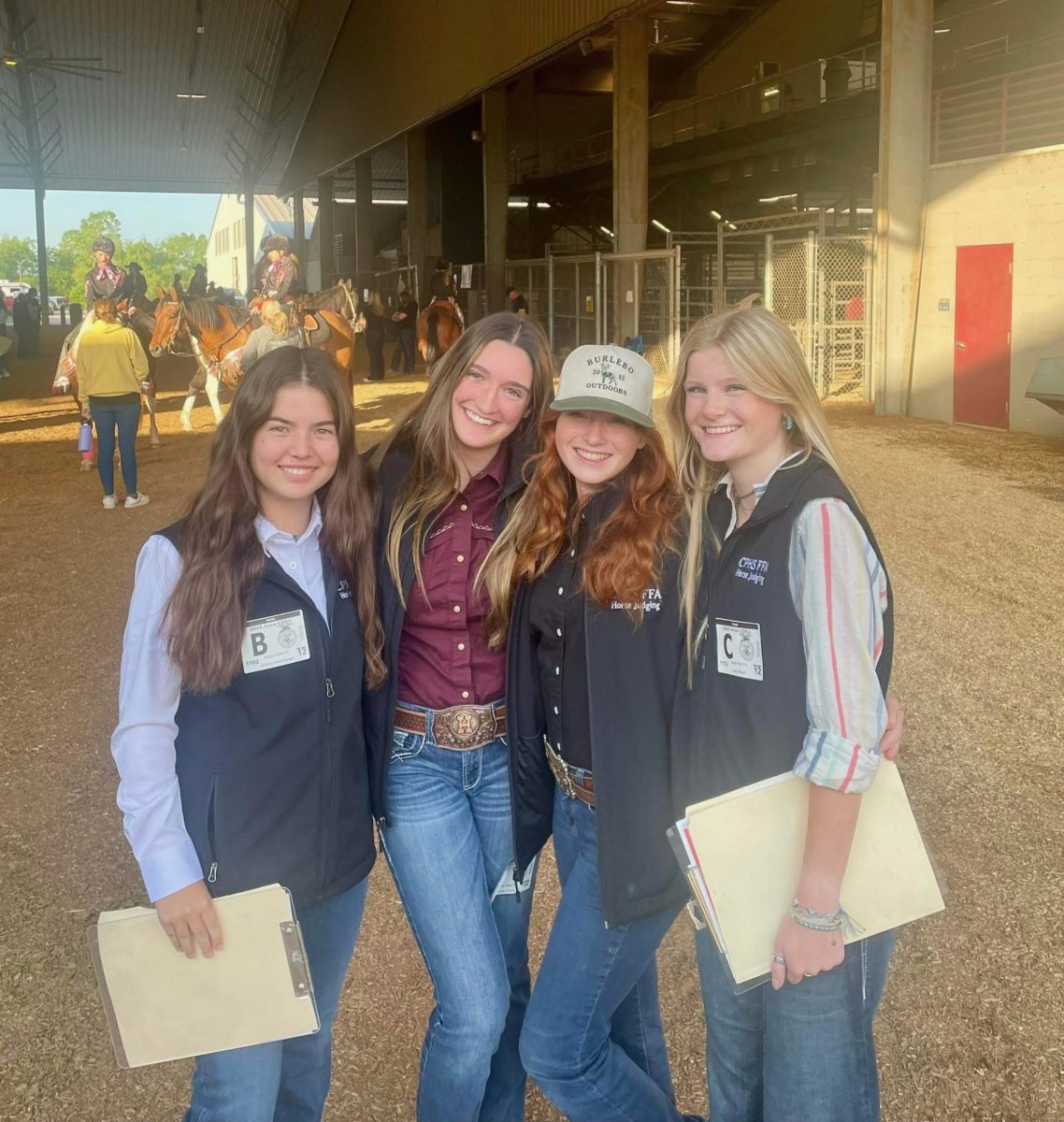
![Broadcast, yearbook and newspaper combined for 66 Interscholastic League Press Conference awards this year. Yearbook won 43, newspaper won 14 and broadcast took home nine. “I think [the ILPC awards] are a great way to give the kids some acknowledgement for all of their hard work,” newspaper and yearbook adviser Paige Hert said. “They typically spend the year covering everyone else’s big moments, so it’s really cool for them to be celebrated so many times and in so many different ways.”](https://cphswolfpack.com/wp-content/uploads/2025/05/edited-ILPC.jpg)


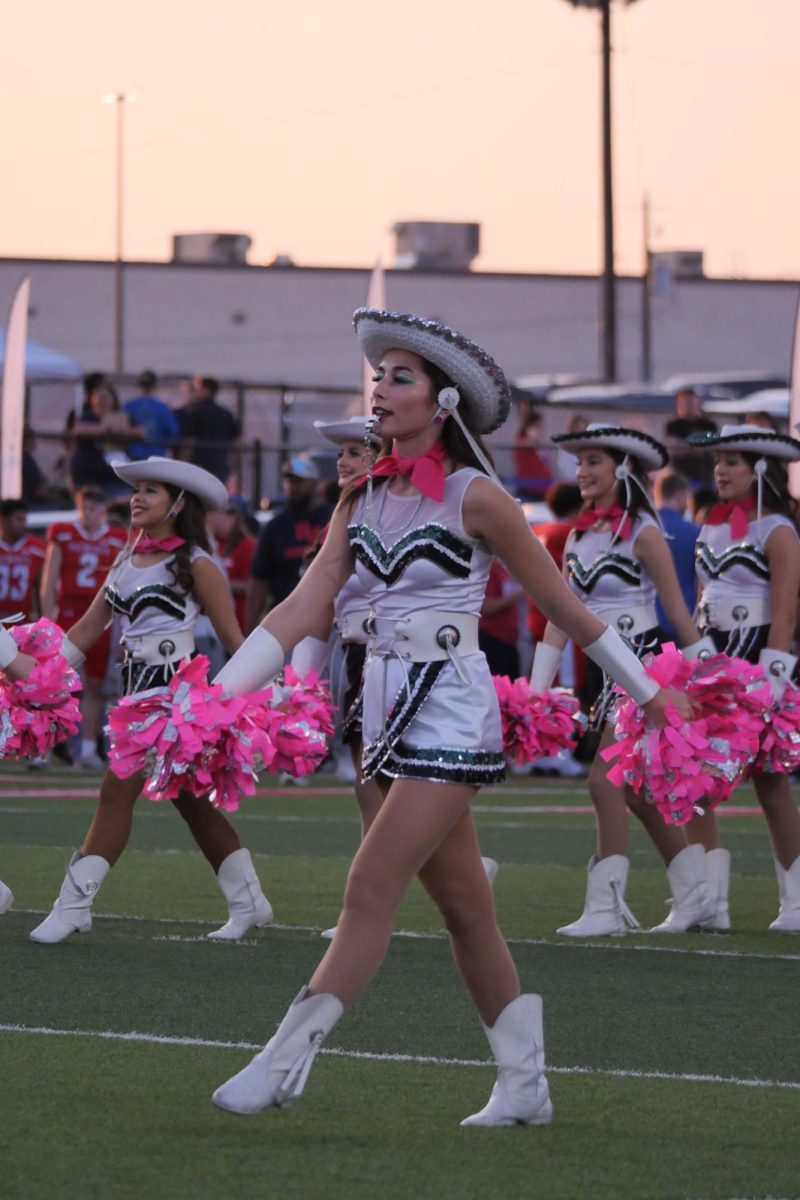





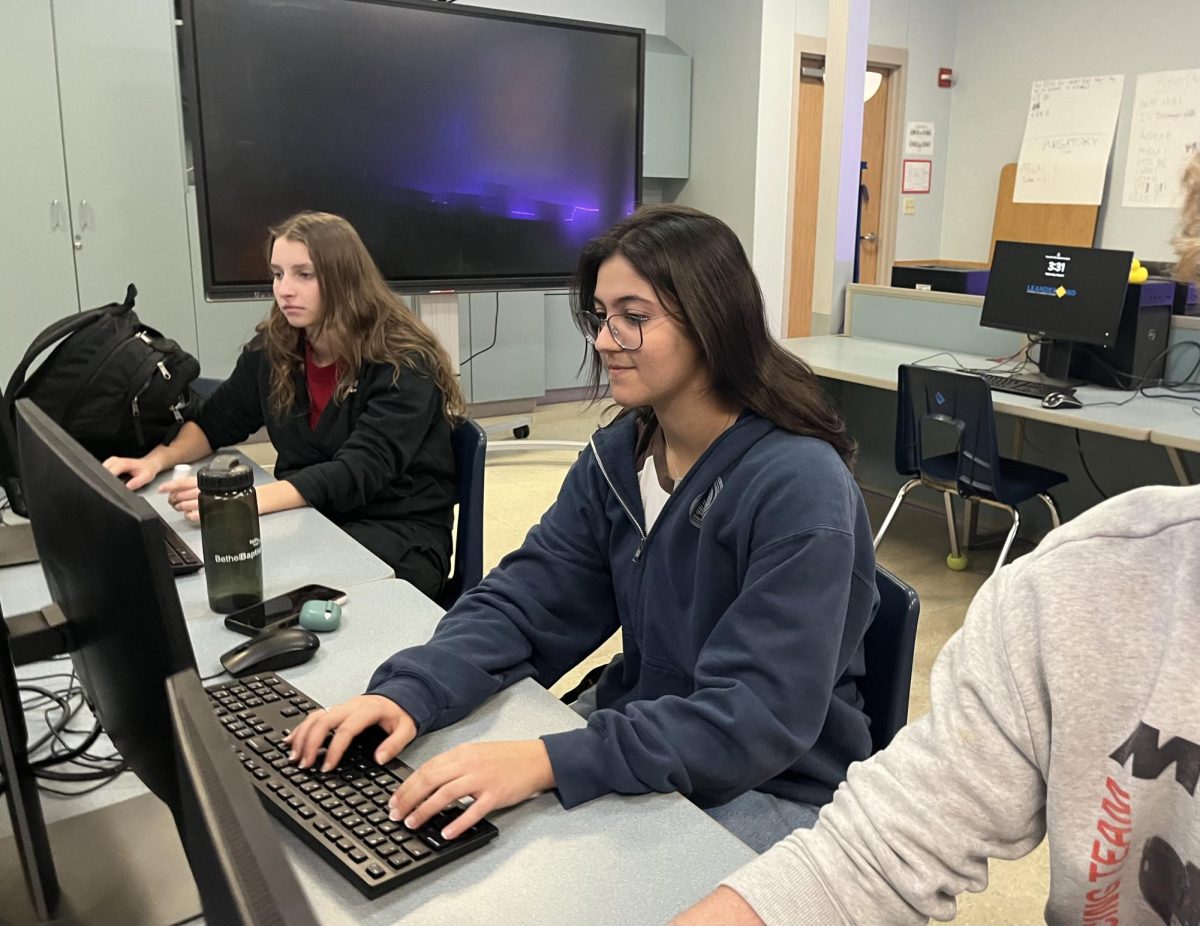


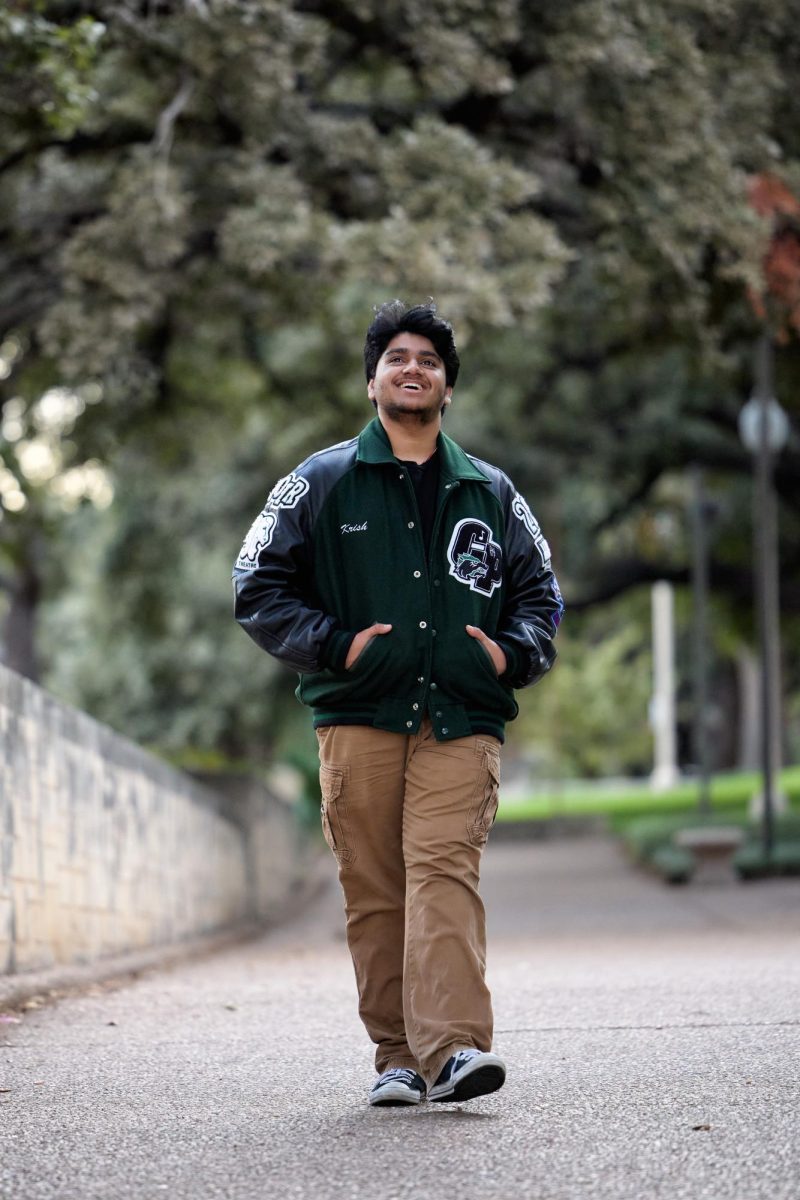

![Bringing her arm over her head and taking a quick breath, junior Lauren Lucas swims the final laps of the 500 freestyle at the regionals swimming competition on date. Lucas broke the school’s 18-year-old record for the 500 freestyle at regionals and again at state with a time of 4:58.63. “I’d had my eye on that 500 record since my freshman year, so I was really excited to see if I could get it at regionals or districts,” Lucas said. “ State is always a really fun experience and medaling for the first time was really great. It was a very very tight race, [so] I was a bit surprised [that I medaled]. [There were] a lot of fast girls at the meet in general, [and] it was like a dogfight back and forth, back and forth.” Photo by Kaydence Wilkinson](https://cphswolfpack.com/wp-content/uploads/2025/03/Kaydence-2.7-23-edit-2.jpg)
![As the support team sits and poses for a photo in the cafeteria with the counseling team they eagerly wait to start their day. "We [all] seem to be a team, I get up every day and there's days where I don't want to go to work today, but I'm thankful that I have a job and I'm blessed to have what I have," Christopherson said. Photo Courtesy of Julie Weltens.](https://cphswolfpack.com/wp-content/uploads/2025/01/AF9E8470-10D7-4C91-BF28-EC8F86BAB66C-1200x852.jpeg)
![Officer Stephanie Cash is in her second year as an SRO at CPHS. “Seeing [students] grow over the years has been kind of cool,” Officer Cash said. “Freshmen that [are] all over the place and then in the next couple of years get a little more squared away and go to class and do work and start thinking about the future. Being a part of a student's growth is the best way to measure my success as an SRO.” Photo Courtesy of Cedar Park Police Department's PIO, Alicia Gallagher.](https://cphswolfpack.com/wp-content/uploads/2024/12/CPHS-SRO-900x1200.jpg)



![Taking a breath as he raises his arm up and out of the water, sophomore Kaden Padilla swims the 500 freestyle at the UIL state meet on Feb. 21-22. Padilla placed 10th overall and second in the consolation final in the event, dropping two seconds. “My family was there, so being able to drop time for them was really special,” Padilla said. “It was awesome [finding out I advanced to the consolation finals]. I wasn’t expecting it, and I was very surprised. My parents being there definitely made me a lot happier knowing they got to see me swim in finals.” Photo by Skyler King.](https://cphswolfpack.com/wp-content/uploads/2025/03/kaden-padilla.jpg)

![Three defenders try to stop senior point guard Hope Edwards before the ball leaves her hands. The girls basketball team faced Liberty Hill on Feb 21, losing 58-40. “[My season was] definitely bittersweet,” Edwards said. It's definitely sad [because] I'm gonna miss all my teammates, my coaches and just the whole CP environment.”](https://cphswolfpack.com/wp-content/uploads/2025/03/julia-128-1200x800.jpg)




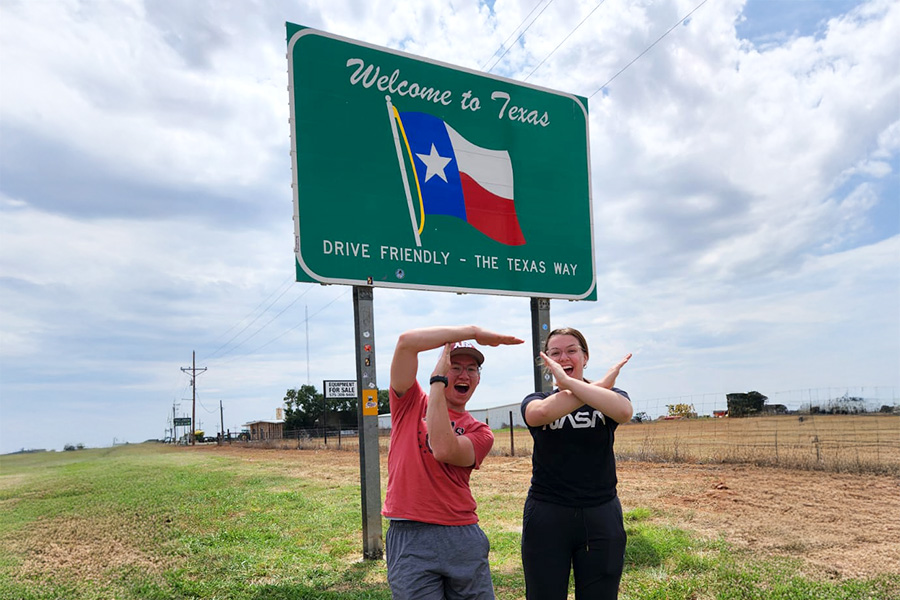










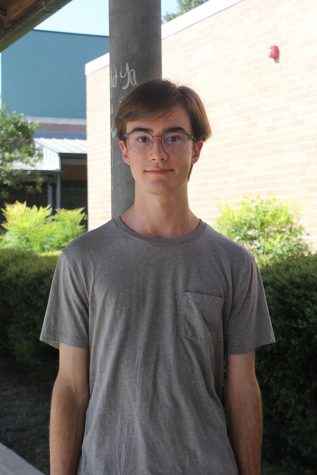


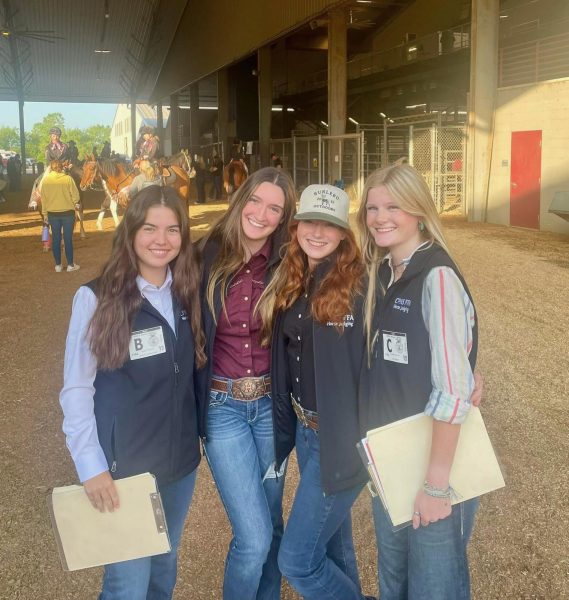





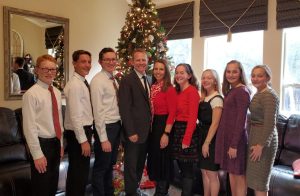



![Whereas classical art depicts a scene and tells a story, often of mythology or religious references, artists of modern times focus more on expressing ideas and feelings. The style of back then has since been replaced by splashes of color, curvy lines and other new art techniques. "[Over time] I think art has shifted more to emotion rather than human beauty, " sophomore Braeden Murray said. "Modern art is significantly more abstract and doesn't have an obvious theme in mind. Very simple shapes, no people to be seen, and more colorful. I think in the older [time period] the art was definitely more human based, with biblical [references] while modern art is more emotion based because it's not depicting a particular scene or action that's happening.”](https://cphswolfpack.com/wp-content/uploads/2023/02/2023-vs-1503-300x200.png)




